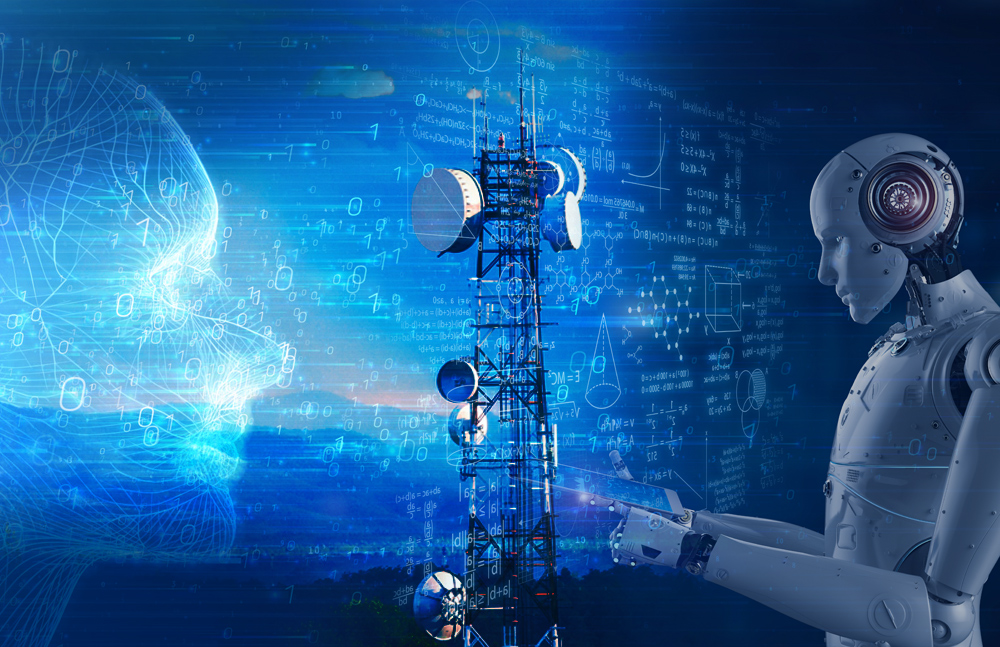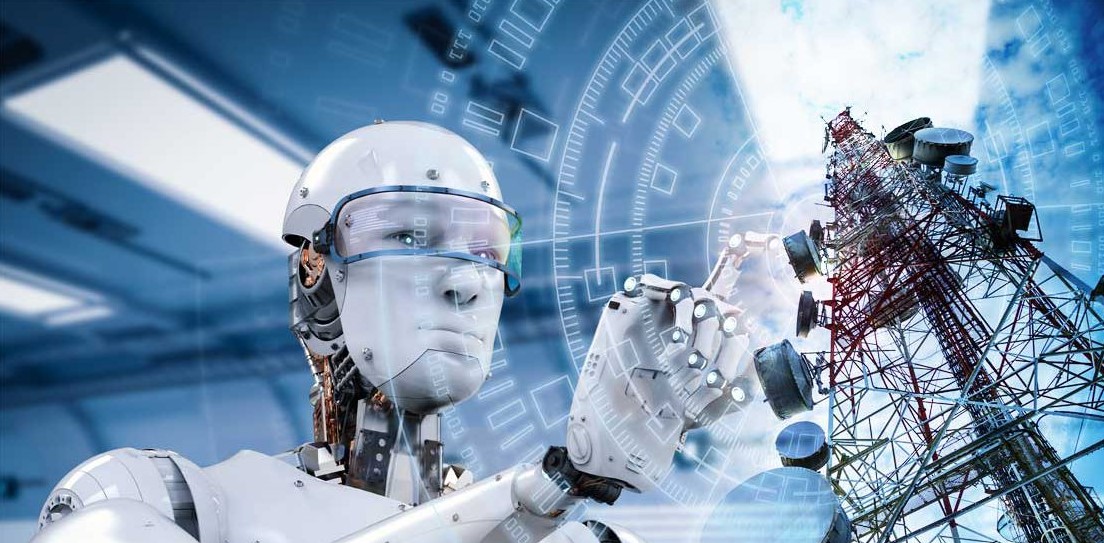
The journey of telecommunication technologies is a fascinating saga of human ingenuity and the relentless pursuit of connectivity. From the early days of the telegraph to the high-speed world of 5G networks, each advancement has significantly impacted society, shaping how we communicate, work, and live.
The Dawn of Telecommunication

The dawn of telecommunication marked a revolutionary departure from traditional forms of communication, ushering in an era of instant connectivity that began with the invention of the telegraph and was further propelled by the advent of the telephone.
The Telegraph and Telephone
The telegraph, introduced in the early 19th century, was the first form of electronic communication, allowing messages to be sent over long distances almost instantaneously. This invention laid the groundwork for the telephone, patented by Alexander Graham Bell in 1876, which revolutionized communication by enabling voice transmission over wires.
The Role of Documentation
In the early stages of telecommunication, documenting innovations and technical specifications was crucial. The practice of compressing documents from Word to PDF played a significant role in this process, ensuring that information was easily accessible and shareable. This not only facilitated collaboration among scientists and engineers but also helped in patenting new technologies and spreading knowledge across borders.
The Digital Revolution
The Digital Revolution, characterized by the advent of the internet and the proliferation of digital devices, transformed telecommunication from simple voice and text exchanges into a complex web of data transmission, reshaping every facet of human interaction.
The Advent of the Internet
The creation of the internet marked a pivotal shift in telecommunication, transforming it from voice and text transmission to the exchange of digital data. This global network of computers has become the backbone of modern communication, enabling email, instant messaging, and the vast world of the World Wide Web.
Mobile Communication and the Rise of Cellular Networks
The development of cellular networks and mobile phones democratized communication, making it possible to connect with anyone, anywhere, without the need for wired connections. The evolution from 1G to the current 5G networks has seen exponential growth in speed and data capacity, paving the way for innovations like the Internet of Things (IoT) and real-time streaming.
Impact on Society

The profound impact of telecommunication technologies on society has been unmistakable, fundamentally altering the way we communicate, conduct business, and interact with the world around us, forging a globally connected community.
Transforming Personal Communication
Telecommunication technologies have profoundly impacted personal communication, making it more immediate and intimate. The ability to share moments in real-time, regardless of geographical barriers, has brought people closer together, reshaping social dynamics.
Revolutionizing Business and Work
The business world has been transformed by telecommunication advancements, enabling global trade, remote work, and digital economies. The internet and mobile communication have broken down traditional barriers to entry, giving rise to new industries and reshaping the workforce.
Influencing Culture and Media
Telecommunication technologies have also had a profound impact on culture and media. The internet has democratized information access, giving rise to new forms of entertainment, news dissemination, and cultural exchange. Social media platforms, powered by telecommunication networks, have become significant cultural influencers, shaping public opinion and trends.
Given the constraints of this platform, I’ll craft a new section for the article based on the provided structure and themes:
Bridging the Digital Divide
In the midst of telecommunication’s rapid evolution, bridging the digital divide has emerged as a critical challenge, necessitating global efforts to ensure equitable access to technology and connectivity for all segments of society.
Addressing Global Connectivity Gaps
Despite the rapid advancements in telecommunication technologies, a significant digital divide persists, separating those with access to cutting-edge communication tools from those without. This divide is not just a matter of technological access but also encompasses disparities in digital literacy and the ability to leverage technology for economic and social advancement.
Initiatives and Innovations to Foster Inclusion
Efforts to bridge the digital divide are multifaceted, involving government policies, private sector initiatives, and non-profit programs aimed at extending connectivity to underserved areas. Innovations such as low-earth orbit satellites, affordable smartphones, and community internet hubs are part of a broader strategy to ensure that the benefits of telecommunication advancements are universally accessible.
The Role of Policy and Collaboration
Achieving global connectivity requires more than just technological solutions; it demands a concerted effort from policymakers, industry leaders, and communities to create an environment that fosters digital inclusion. Policies that encourage investment in infrastructure, support education and digital literacy programs, and promote affordable access to services are crucial for closing the connectivity gap.
The Impact of Universal Connectivity
Bridging the digital divide has the potential to transform societies by empowering individuals with access to information, education, and economic opportunities. Universal connectivity can drive innovation, enhance global collaboration, and contribute to the achievement of broader development goals, making it a critical objective for the future of telecommunication.
The Future of Telecommunication

As we peer into the horizon, the future of telecommunication holds boundless possibilities, with emerging technologies like 5G networks promising to further revolutionize connectivity and spawn new innovations that will continue to reshape our digital landscape.
The Promise of 5G and Beyond
The rollout of 5G networks promises unprecedented speeds and connectivity, opening up new possibilities for augmented and virtual reality, autonomous vehicles, and more. As we look beyond 5G, research into 6G and other future technologies hints at a world where telecommunication is seamlessly integrated into every aspect of human life.
Challenges and Opportunities
With these advancements come challenges, including privacy concerns, digital divides, and the need for sustainable development. Addressing these challenges while harnessing the opportunities presented by new technologies will be crucial for the future of telecommunication.
Conclusion: A Connected World
The evolution of telecommunication technologies has been a key driver of societal change, connecting the world in ways previously unimaginable. As we stand on the brink of new technological frontiers, it is clear that telecommunication will continue to shape the fabric of society, bringing both challenges and opportunities. The journey from the telegraph to 5G and beyond is not just a story of technological advancement, but a testament to the human desire to connect and communicate.












